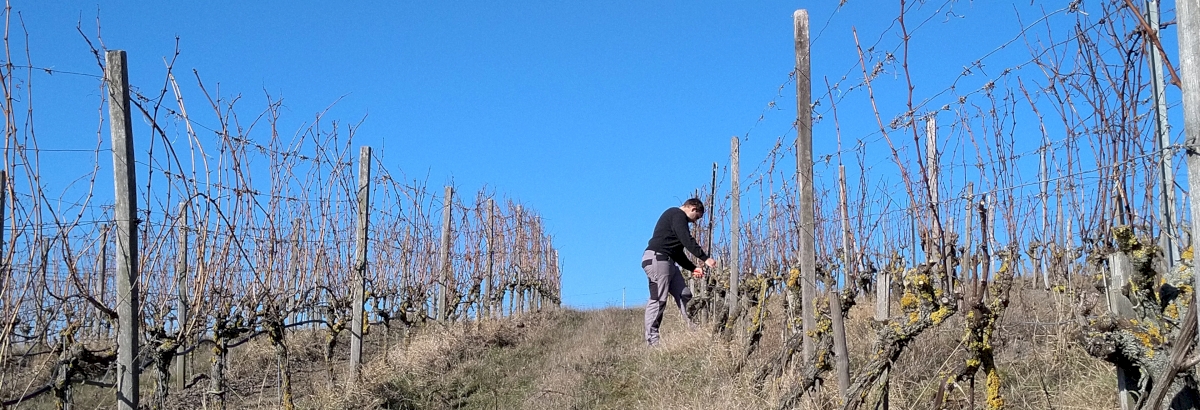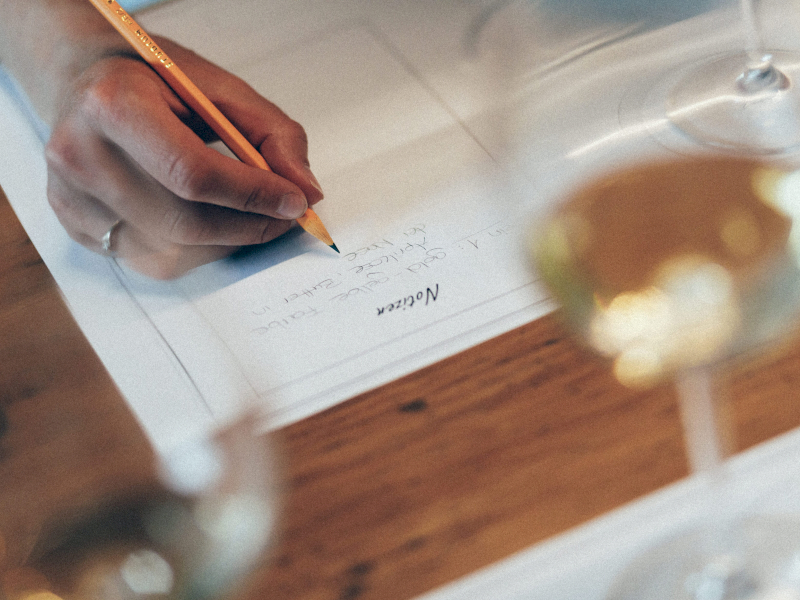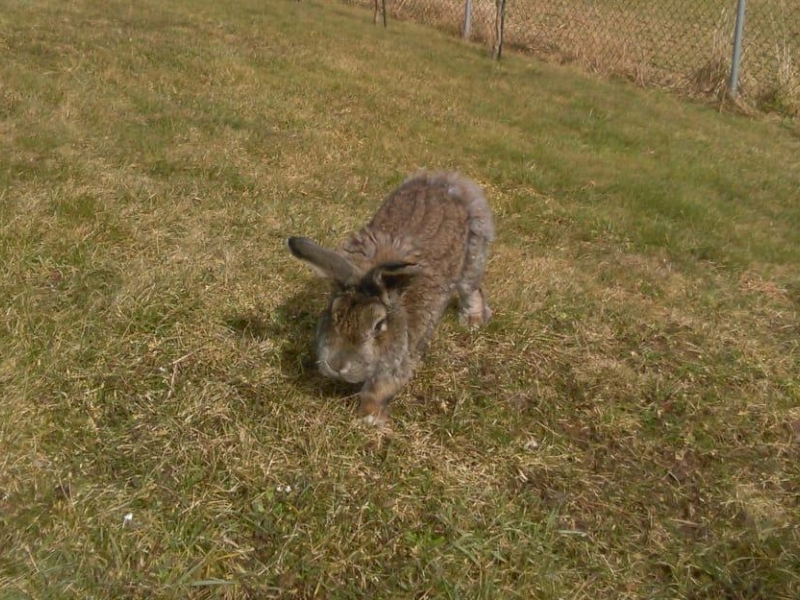05.02.2023
Why is pruning so important for man and the vine?
Pruning is one of the most important steps in viticulture, as it lays the foundation for healthy growth and the quality of the grapes. With the right method, the plants can thus live for over 50 years without losing vigour.
Normally, a vine reaches its full yield in about seven years. From this point on, the pruning technique is usually the same for the rest of its life. Until then, the vine structure is carefully built up by creating a balance between vine and root growth.
Traditionally, pruning in the northern hemisphere begins in January or February. Larger farms also start as early as November of the previous year, depending on how many resources are available for pruning.
By starting in January, the vine has enough time after the harvest to reduce the flow of sap and go into hibernation. This returns starch and sugars from the shoots to the trunk and root system, an essential step for the vine's recovery and health.
Earlier pruning can also encourage early bud break. This first growth (usually in April) is very susceptible to frost damage. It is therefore important to plan pruning carefully to protect the vines. Some vines sprout earlier than others. Especially with the climatic changes brought about by climate change, the frequency of late frost and hail in April and May has increased extremely and is a real danger, not only for viticulture. Especially the tradition-rich regions such as Chablis or Champagne have often been in the press about this in recent years. Franconia or the wine regions in southern England also have to deal with these challenges. That is why timing is very important.
The Kellerkünstler in Carnuntum rarely have to deal with this phenomenon. Their farm manages about 3.1 ha and about 11,000 vines. They work with gentle pruning according to Simonit & Sirch, which ideally requires only two cuts per plant in the young wood so that the wounds for the vine are very small. This also reduces the susceptibility to fungal diseases such as ESCA. It takes the professionals about one to two minutes to prune one vine, and the whole process takes about six weeks, depending on planning and weather.
Pruning is only the first, important step in the vineyard. There are many more to follow. Since their founding in 2019, Marcus and Michi have thus spent a total of almost 6000 hours in the vineyard. You can often recognize the best winemakers by their focus on conscious, sustainable work in the vineyard. Depending on the nature of the vineyard, this can sometimes be 1000 hours per year and hectare, which is needed to create high quality, especially if mechanical support (on terraces or steep slopes) is not possible.
For comparison: an office job with 40 hours per week has about 2000 hours per year (incl. holidays) and thus corresponds roughly to the work of one person in a vineyard on 2 hectares! Crazy, isn't it? The beauty of it is that you are in nature and surrounded by fresh air all the time. Hard work in a decelerating environment.
If you are thinking about becoming a winemaker, listen to our interview with young winemaker Luisa-Sophia Sedlmayr. The vines are waiting!

Tommy Neumeister in Franconia comes from a family of winegrowers. His grandfather Oswald already farmed vineyards in Franconia. Here, the fear of late frost and hail is much more present; in the last ten years, there have been at least four years in which major damage was recorded. Therefore, Tommy uses a special pruning method, in which a so-called frost chap remains on the vine. This somewhat reduces the likelihood of all the shoots on a vine freezing.
Tommy usually starts in January and needs about three minutes per vine. Since he does most of the pruning on his own, it takes him about 8-10 weeks. Fortunately, the vineyards in his region are easily accessible, so he "only" puts in about 400 hours of work per hectare per year. His focus is on biologically sustainable cultivation. Compared to his grandfather's philosophy from the 1970s, he has reduced the yield per vine by about 50 %. On the one hand, this raises the quality of the grapes and thus of the resulting wines. On the other hand, it relieves the plants - fewer shoots means fewer grapes and thus less stress.
Both Tommy and the two cellar artists prune all the vines by hand. Winemaker Michael Bayer from Bayer-Erbhof in Burgenland farms about 22 hectares of vines with his family. Pruning without electric assistance is unthinkable here. 99 % of all vines are pruned with electric pruning shears. Since the whole family lends a hand and vineyard helpers are also available, they also manage the entire process in about six to eight weeks.
What happens if a vine is not pruned?
A vine that is not pruned produces a larger crop of lower quality. Regardless of its growth, a vine still has the same resources from the root system. Without pruning, it will be weakened into the next year. Excessive growth with large leaves can shade the fruit, prevent ripening and even promote diseases such as mildew. It can take several vintages for a vine to fully recover from poor or insufficient pruning.
Ask a questionmore articles

07.07.2025
Personally Poured: How Customization Makes Tastings Unforgettable
Wine is more than just a drink - it is a memory, an emotion, an encounter. This is precisely why my tastings are not designed as standard events, but as customised experiences that are tailored to the people who take part.

22.08.2023
Wie du das Beste aus einem Weintrip herausholst
Wer kennt es nicht? Du bist in einer Weinregion unterwegs oder hast es zumindest vor und willst am liebsten ein paar Betrieben einen Besuch abstatten. Damit die Reise- und Besuchsplanung ein echter Erfolg wird, bekommst du hier die besten Tipps für deine Weinreise, zusammengestellt aus Interviews mit Branchenexpert:innen und ergänzt um meine Erfahrungen.

05.04.2023
Die besten Weinpairings zum fleischfreien Ostern
Ostern ist nicht nur ein religiöses Fest. Es ist ähnlich wie Weihnachten oft eine Zeit mit der Familie und der Schlemmerei. Es gibt viele traditionelle Gerichte, die natürlich auch sehr fleischlastig sind.Was
